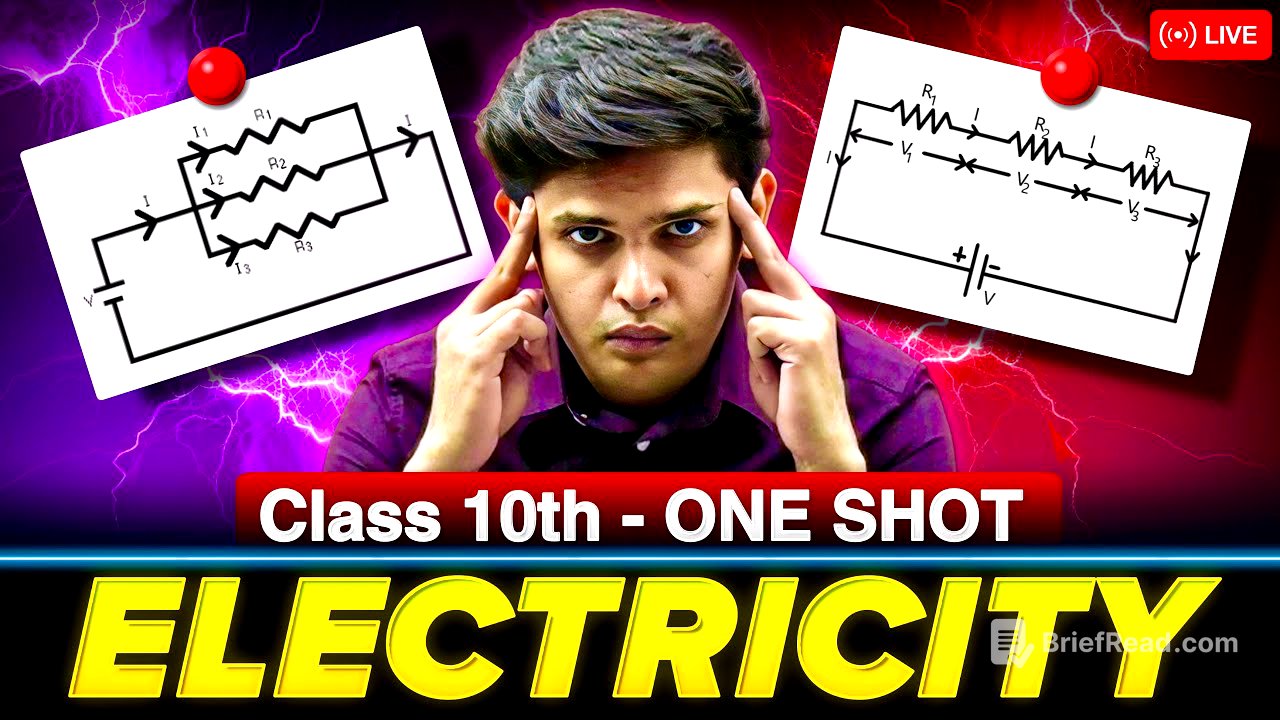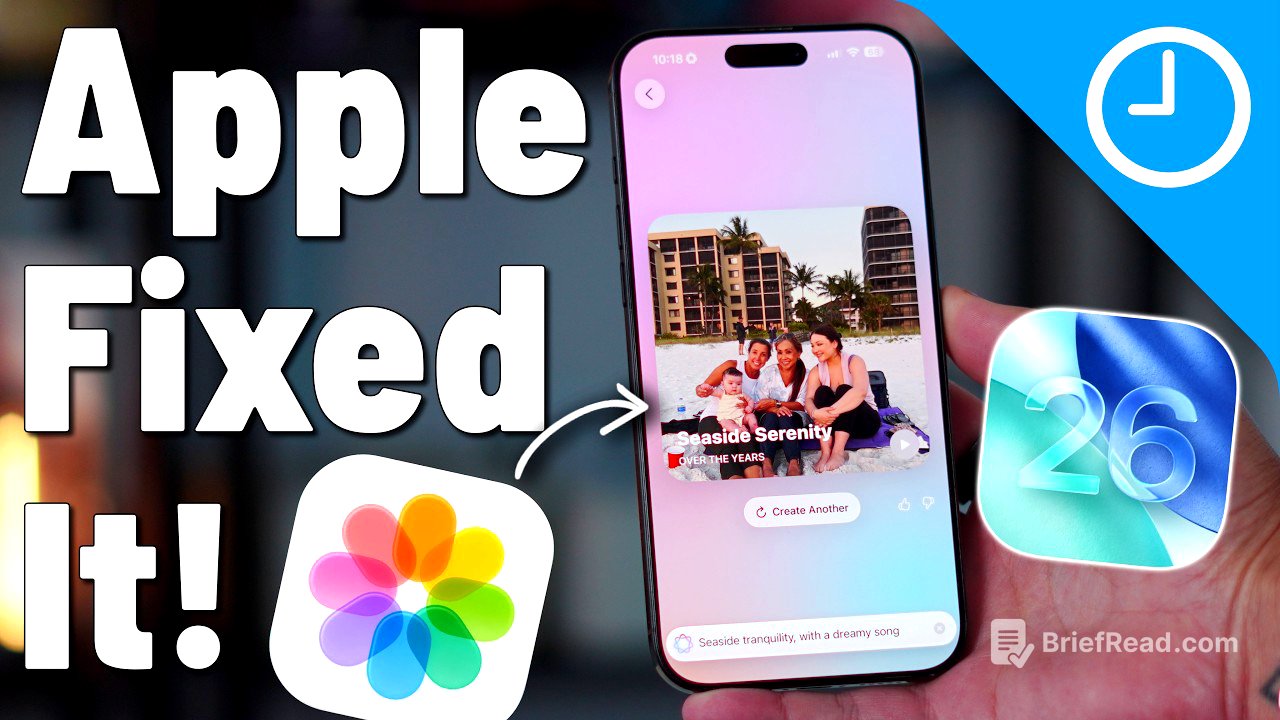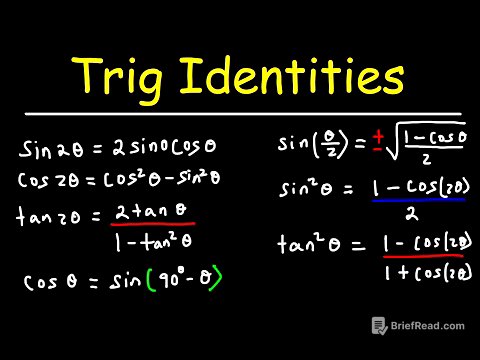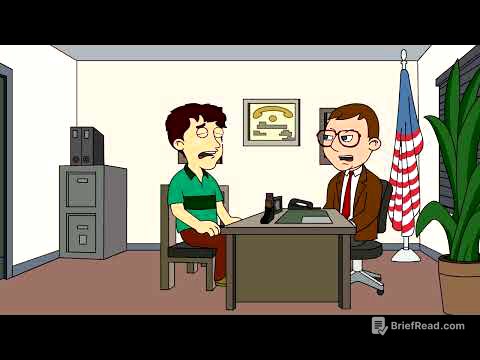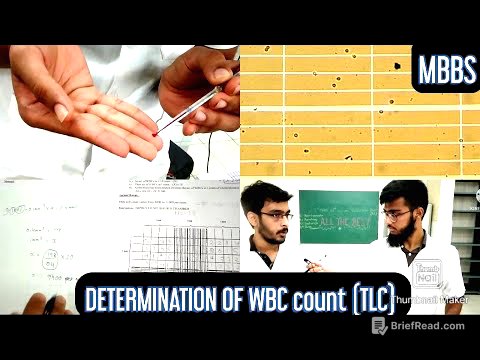TLDR;
This YouTube video by Exphub 9th & 10th provides a comprehensive one-shot lecture on the chapter "Electricity" for 9th and 10th-grade students. The lecture covers fundamental concepts such as electric charge, current, potential difference, Ohm's law, resistance, factors affecting resistance, series and parallel combinations of resistors, Joule's law of heating, electric power, and electrical energy. The instructor, Prashant Kirad, explains each topic in detail with examples, numerical problems, and real-life applications. He also discusses important formulas, definitions, and common mistakes to avoid in exams.
- Covers key concepts of electricity with detailed explanations and examples.
- Includes numerical problems and real-life applications to enhance understanding.
- Discusses important formulas, definitions, and common mistakes to avoid in exams.
Introduction [0:03]
The video starts with a lighthearted introduction where Prashant Kirad engages with the students, asking about their energy levels and readiness for the lecture. He emphasizes the importance of having a notebook and pen ready for note-taking. He addresses technical issues and encourages students to focus on understanding the concepts rather than being intimidated by numerical problems.
Conductors, Insulators, and Semiconductors [6:10]
Prashant introduces the basic components related to electricity, starting with conductors, insulators, and semiconductors. A conductor is a material that allows electricity to pass through it easily due to the presence of free electrons. An insulator does not allow electricity to pass through it. A semiconductor is a material with conductivity between that of a conductor and an insulator, conducting electricity occasionally.
Electric Charge [10:06]
The lecture moves to electric charge, defining it as a property of matter that experiences a force in an electric field. Positive charges repel each other, while negative charges attract positive charges. The SI unit of electric charge is the Coulomb (C). Prashant explains three important properties of charge: additivity, conservation, and quantization. Additivity means that charges can be added algebraically. Conservation means that charge cannot be created or destroyed. Quantization means that charge exists in discrete units, as multiples of the charge of an electron (e = 1.6 x 10^-19 C). The total charge (Q) on a body is given by Q = n * e, where n is an integer.
Electric Current [15:42]
Electric current is defined as the rate of flow of electric charge. The formula for electric current (I) is I = Q/t, where Q is the charge and t is the time. The SI unit of current is the ampere (A). One ampere is defined as the current when one coulomb of charge flows in one second. Electrons flow from the negative terminal to the positive terminal, while conventional current flows from the positive terminal to the negative terminal.
Potential Difference [20:25]
Potential difference is defined as the work done to move a unit positive charge between two points. The formula for potential difference (V) is V = W/Q, where W is the work done and Q is the charge. The SI unit of potential difference is the volt (V). One volt is defined as the potential difference when one joule of work is done to move one coulomb of charge between two points.
Electric Circuit and Components [32:27]
An electric circuit is a closed loop through which electric current can flow. The basic components of a circuit include a cell, battery, switch, bulb, resistor, rheostat, ammeter, and voltmeter. An ammeter measures current and is connected in series, while a voltmeter measures potential difference and is connected in parallel. The resistance of an ammeter is low, and the resistance of a voltmeter is high.
Ohm's Law [37:06]
Ohm's law states that the current through a conductor is directly proportional to the potential difference across it, provided the temperature remains constant. Mathematically, V = IR, where V is the potential difference, I is the current, and R is the resistance. The SI unit of resistance is the ohm (Ω). The slope of the V-I graph represents resistance.
Factors Affecting Resistance [52:20]
The resistance of a conductor depends on several factors: length (L), area of cross-section (A), material (resistivity ρ), and temperature. Resistance is directly proportional to length (R ∝ L) and inversely proportional to the area of cross-section (R ∝ 1/A). The formula for resistance is R = ρL/A. Resistivity (ρ) is an intrinsic property of the material. Resistance generally increases with temperature.
Series and Parallel Combination of Resistors [1:09:08]
Resistors can be connected in series or parallel. In a series combination, the current remains the same through each resistor, while the voltage changes. The equivalent resistance (R_eq) in series is R_eq = R1 + R2 + R3 + ... In a parallel combination, the voltage remains the same across each resistor, while the current changes. The reciprocal of the equivalent resistance (1/R_eq) in parallel is 1/R_eq = 1/R1 + 1/R2 + 1/R3 + ...
Joule's Law of Heating [1:33:48]
Joule's law of heating states that the heat produced in a conductor is directly proportional to the square of the current, the resistance, and the time. The formula for heat (H) is H = I^2 * R * t. This law is derived from the concept that heat is essentially work done.
Applications of Heating Effect of Electric Current [1:38:02]
The heating effect of electric current has several applications, including fuses, electric bulbs, and electric heaters. Fuses are safety devices with high resistance and low melting points, made of an alloy of tin and lead. They melt and break the circuit when excessive current flows, protecting appliances. Electric bulbs use tungsten filaments, which have high melting points and high resistance, causing them to glow due to heat. Electric heaters use nichrome wire, which has a high melting point, high resistance, and is resistant to oxidation.
Electric Power [1:44:04]
Electric power is defined as the rate at which electric energy is consumed or dissipated in a circuit. The formula for power (P) is P = E/t, where E is the energy and t is the time. The SI unit of power is the watt (W). Other formulas for power include P = VI, P = I^2 * R, and P = V^2 / R.
Electrical Energy and Commercial Unit [1:47:48]
Electrical energy is the total energy consumed by an electrical appliance. The formula for energy (E) is E = P * t. The commercial unit of electrical energy is the kilowatt-hour (kWh), also known as a unit. One kWh is equal to 3.6 x 10^6 joules.
Numerical Problems and Circuit Solving [1:14:18]
Throughout the lecture, Prashant solves various numerical problems related to the concepts discussed. He emphasizes the importance of understanding the given data, identifying the appropriate formula, and applying it correctly. He also provides tips and tricks for solving complex circuit problems, such as simplifying the circuit, calculating equivalent resistances, and applying Ohm's law.
